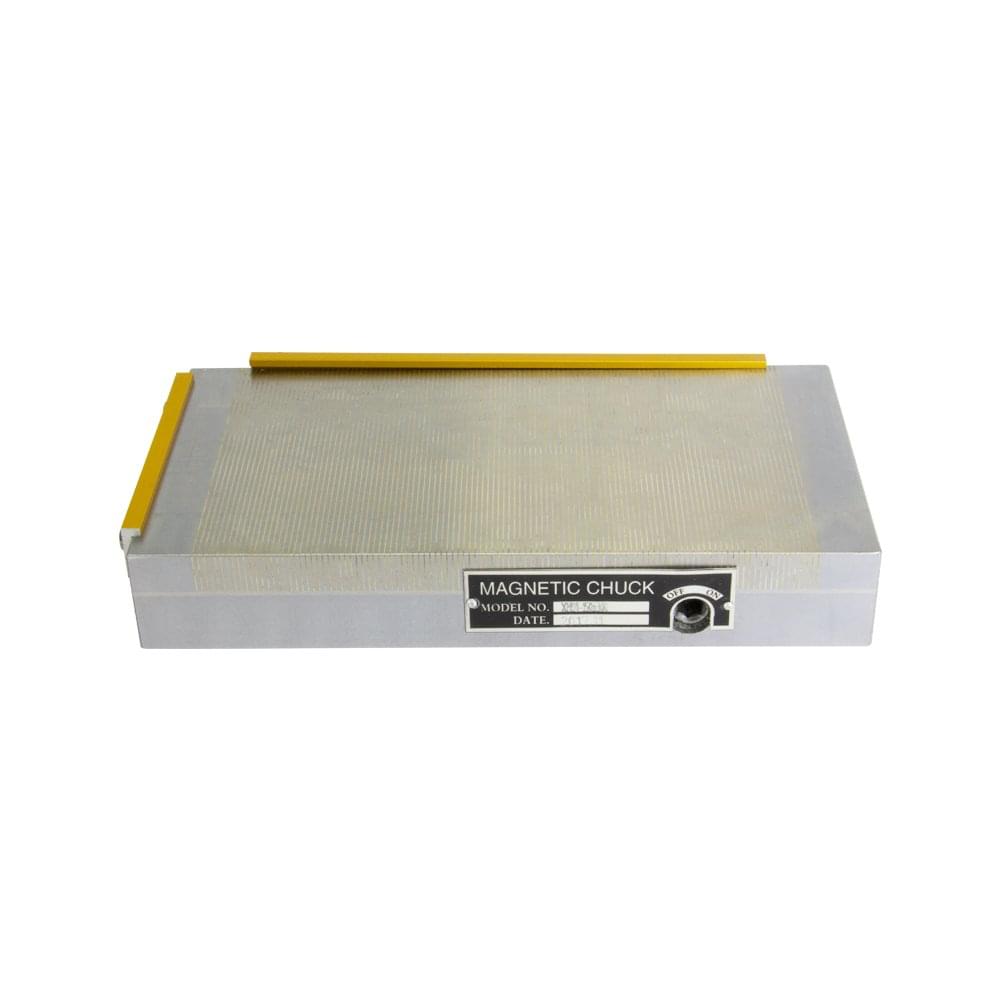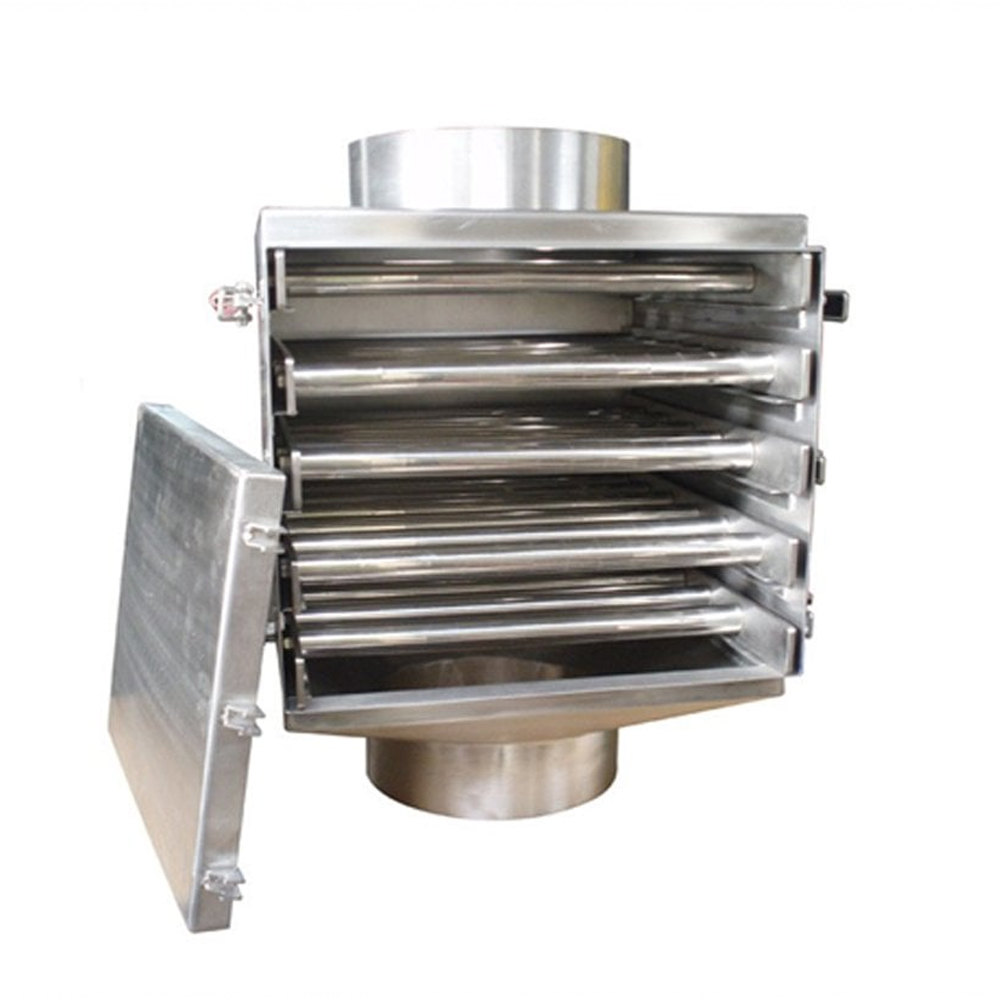If you’re trying to choose a magnetic chuck, then there are certain factors you have to consider that may affect the overall performance of the workholding magnets’ capability.
However, before you start considering factors it’s important to understand what a magnetic chuck is and how they work.
What Are Magnetic Chucks And How Do They Work?
Magnetic Chucks are an alternative to traditional workholding machinery, as they use magnetic force from permanent magnets to clamp and secure workpieces in place.
Our magnetic chucks have been engineered to give an effective and instant holding force that will consistently and safely clamp the material being worked on.
Magnetic chucks give users higher rates of productivity when grinding, cutting, and milling ferrous metals.
A magnetic chuck is activated by manually turning the key from the on to the off position. Within the chuck, the magnets are always active, however, the magnetic flux remains locked inside the chuck when it is turned off.
Once the chuck is turned on, the magnets are aligned with the top plate, and the magnetic flux travels above the top plate. When a workpiece is applied to the top, it is secured as the flux is locked onto this. This will allow the user to securely work on the workpiece.
Four Factors You Must Consider When Choosing A Magnetic Chuck
1 – Metal Type & Configuration
The type of material will determine the clamping force required from your magnetic chuck, as some materials have less magnetic permeability which can affect the hold. Thinner materials are less absorbent of magnetic flux.
The flux path within a workpiece is a semi-circle from the centre of a chuck pole to the centre of the next, if the workpiece is thinner than the radius it will not be able to absorb the entirety of the flux and some will pass through.
The pull is lower than that of a ticker workpiece in which all the flux has been absorbed, meaning the hold is greater.
To create a secure hold on a thin workpiece the radius of the magnetic flux and pole pitch must be reduced, there are two traditional methods used to achieve this.
Fine Pole Chucks or Induced pole Chucks. These are chucks more ideally suited to small thin workpieces although they can be used to hold larger workpieces only for surface grinding applications.
2 – Workpiece Surface Area
The smaller the surface area available means less contact can be made with the magnet thereby reducing the overall holding ability.
3 – Air Gaps
Any single air gap between the workpiece and the magnetic surface will reduce the overall holding performance, to ensure the maximum magnetic hold it is important to ensure air gaps are kept to a minimum.
4 – Heat Treatment
The heat treatment of a material affects its structure and its ability to absorb flux.
Hardened materials will not absorb flux easily and can tend to retain some magnetism when the chuck is switched off, which can make it difficult to remove the workpiece from the chuck.
Do You Require A Magnetic Chuck For Your Industrial Application?
Be sure to source your magnetic chucks from a reliable manufacturer and supplier and understand the magnetic materials used in them and their capacity.
Here at Magnet Expert, we welcome any enquiry about magnets and their applications. Contact us today at 0845 519 4701 or please feel free to email us at sales@magnetexpert.com


